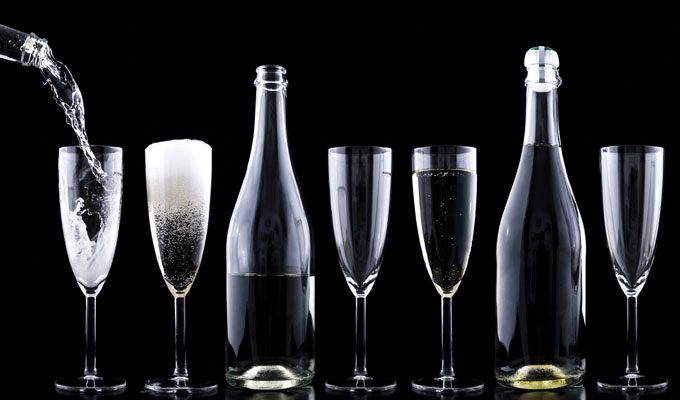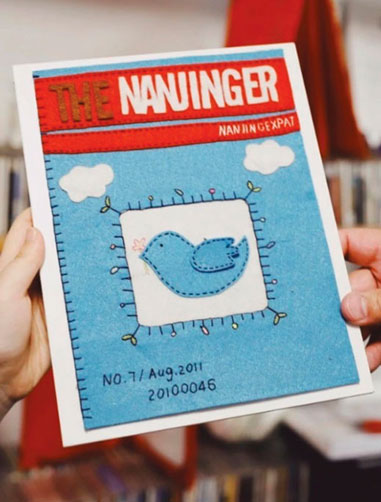Traditionally and officially, the colour red undoubtedly represents China. It embodies a sense of power, good fortune and joy, so it is no wonder red wine has been embraced like non other in todays modern China. Along with other luxuries such as coffee, Dior and beef, China’s rapidly growing middle class talk more of tucking in to a steak with a glass of red than they ever have before.
Wine is nothing new to China; the earliest known desecration of the grape dates back 4,600 years. Wine consumption, once present in the Bronze Age, was replaced by a range of other alcoholic beverages made from millet, rice, and fruits such as lychee. Wine making was, however, kept alive in the west of China at a state on the Silk Road near modern day Xinjiang during the Tang dynasty.
The Uighur homemade wine called “museles” can still be found today. The method requires grapes to be crushed by hand, strained using the Uighur atlas silk and boiled with water and sugar. The wine is later stored in clay urns and sold together with medicine.
In 1980, Cognac giant Remy Martin was the first to enter China and join up with domestic brand Dynasty, creating the first wine production joint venture. Fast forward to 2016 and there are thousands of businesses in China either offering help in importing wine into China and/or selling it here.
It seemed like yesterday when the only sightings of a copa de vino were at the many tables of businessmen; each prominently displaying the labels on their bottles to ensure Mr. Partner-to-be had a clear shot at which Chatau la Tuilerie du Puy he was drinking. It feels like just the other day that rich Chinese youths at dinner parties were requesting cans of coke to go with their expensive red in order to dilute the taste… sacrilege… utter sacrilege.
Nevertheless, this acquired taste business is a clear thing of the past. The Chinese have embraced red wine culture, taste and effect properly and they love it. Red, white and rose wines can nowadays be found pretty much anywhere in all major cities in China. And business is booming. According to Vinexpo, by 2017, (with Hong Kong included) China will lead the world’s top ten consumers of wine.
From 2007-2016, both domestic production and the import of wine has risen dramatically. Wine Intelligence has compared “Chinese urban upper-middle class imported wine drinker” habits, splitting them into six categories; Frugal Occasionals (15 percent), Health Sippers (16 percent), Social Newbies (23 percent), Adventurous Connoisseurs (7 percent), Prestige-Seeking Traditionalists (19 percent) and Developing Drinkers (19 percent). The last two are most worthy of note; while some spend big based on symbolism and social status, a similar proportion are “consumers developing a habit of drinking wine because they like the taste”.
State clampdowns on government spending and corruption did have an impact on the wine industry but only minor. Just as in the craft beer revolution, as laws and import tariffs relax, with wine too China is selling an escalating number of the smaller, family owned, but all the more tasty, brands from around the world.
On 10th October 2016, China wine tasters won the ultimate prize for dedicated fans of the grape, scooping first place at the International Wine Tasting competition in France. This fierce contest is held annually and is incredibly tough and competitive. To succeed, participants need research every well-known wine from around the world; they must be knowledgeable about identifying wines’ countries of origin, grape varieties, vintages, producers and appellation. The Chinese team this year smashed the competition, putting France second; the US third and former raining champs Spain in 10th place. Organisers of the event called it a “thunderbolt in the wine world”.
While wine imports continue to sore, local quality production is also on the rise; “the country has begun to devote an increasing amount of its land to vineyards. Last year it had 799,000 hectares (1.97 million acres) of land dedicated to growing grapes, second only to Spain worldwide… In 2011, a Chinese winery beat a host of French rivals to collect an international gold medal for one of its wines”, reported the BBC.
So, what is in store for the future of wine in China? Avid China wine blogger Jim Boyce, recently published an article about the Chinese sending wine into space. He noted, “It raises intriguing questions; will vintages be counted in light years? Are space-borne yeasts feasible? Will flying winemakers be called rocketing winemakers?” Whatever the future holds, I think it is safe to say wine has made its mark in China and with a growing number of female middle-class drinkers, who knows, wine may even come to surpass long time contenders baijiu and beer.
A report by wine merchants Barry Bros. and Rudd, released in 2008 predicts China will emulate premium Bordeaux in 50 years. “I absolutely think China will be a fine wine player rivaling the best wines from France”, said Jasper Morris of Master Wines. “It is entirely conceivable that, in such a vast country, there will be pockets of land, terrain and micro-climate well suited to the production of top quality wines”.











